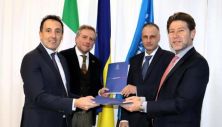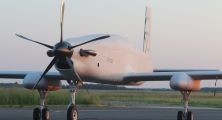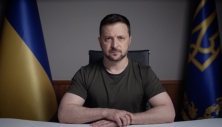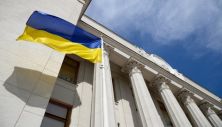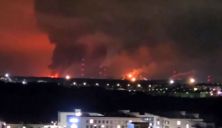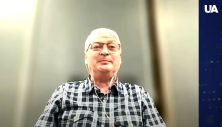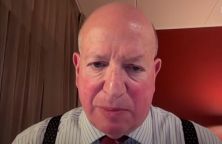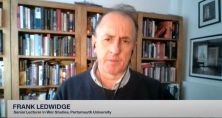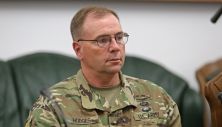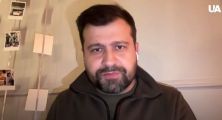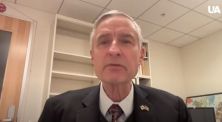Syrian rebels led by the military opposition group “Hayat Tahrir al-Sham” (HTS) Reference
“Hayat Tahrir al-Sham” (HTS) is an Islamist armed group operating primarily in Syria. It was formed in 2017 as a result of the merger of several radical factions. HTS partially controls Syria’s Idlib province. One of its key objectives is the overthrow of Bashar al-Assad’s regime.
Bashar al-Assad has held the position of president since 2000. In Syria, the presidential term lasts seven years. Currently, Assad’s regime, with the support of Iran and Russia, controls over 60% of the country’s territory. Rebels control areas in the northwest, while Kurds control the northeast.
This is reported by Reuters, citing sources.
The airport in the city was closed, and roads leading to Aleppo itself were blocked. Government troops were ordered to “safely withdraw” from key areas of the city that rebels entered.
Opposition rebels took control of over 70 settlements in the rural areas of Aleppo and Idlib before entering the city. This occurred over a few days—from Wednesday (November 27) to late Friday night (November 29)—and ten years after they were driven out by forces of Bashar al-Assad’s regime and his allies.
Russia, one of Assad’s key allies, has promised Damascus additional military aid to counter the rebels. New weapons will be delivered within the next 72 hours.
Opposition sources in contact with Turkish intelligence stated anonymously to Reuters that Turkey, which supports the rebels, gave the green light for this offensive. Officially, Turkish Foreign Ministry spokesperson Oncu Keçeli stated that his country wants to avoid greater instability in the region.
Active clashes between rebels and Syrian troops began on November 27.
Media: Syrian opposition advances on Assad’s forces in the north of the country.
The offensive was launched by the Revolutionary Forces of Syria in “response to months of continuous attacks on civilians” by Assad’s regime in Aleppo province. These are the most intense battles in northwest Syria since 2020 when government forces captured areas previously controlled by opposition fighters. This is also the largest opposition offensive on the city since they were driven out of its eastern districts in 2016.
The Syrian civil war has been ongoing since 2011. It began as a local civil confrontation that gradually evolved into an uprising against Bashar al-Assad’s regime. Over time, it involved not only major regional powers but also international organizations, military-political factions, and other countries.
The main participants in the conflict are regular military formations supporting President Bashar al-Assad, “moderate” Syrian opposition forces, Kurdish regionalists, as well as various terrorist groups. The parties to the conflict receive military aid from other states: government forces are supported by Russia and Iran, while the Syrian opposition is aided by Western countries, Turkey, and Gulf monarchies.
The Iran-backed Lebanese group Hezbollah also assisted Assad’s regime in the civil war and had a presence in Syria. However, it has now focused its forces in Lebanon to repel Israel’s offensive in the south of the country. During this confrontation, Hezbollah lost thousands of fighters, including its commanders and leader Hassan Nasrallah.
Regarding Russia’s support, it has been aiding President Bashar al-Assad since 2011. Russia sent weapons to Syria that were stockpiled by Syrian troops and maintained its military bases with weapons in the country. In 2015, Russians began fighting on Syrian territory alongside Hezbollah fighters. Now, social media is circulating videos and photos allegedly showing Syrian opposition fighters capturing Russian military equipment, including rifles and tanks.
Read also: A mass anti-government rally is taking place near the Georgian parliament
